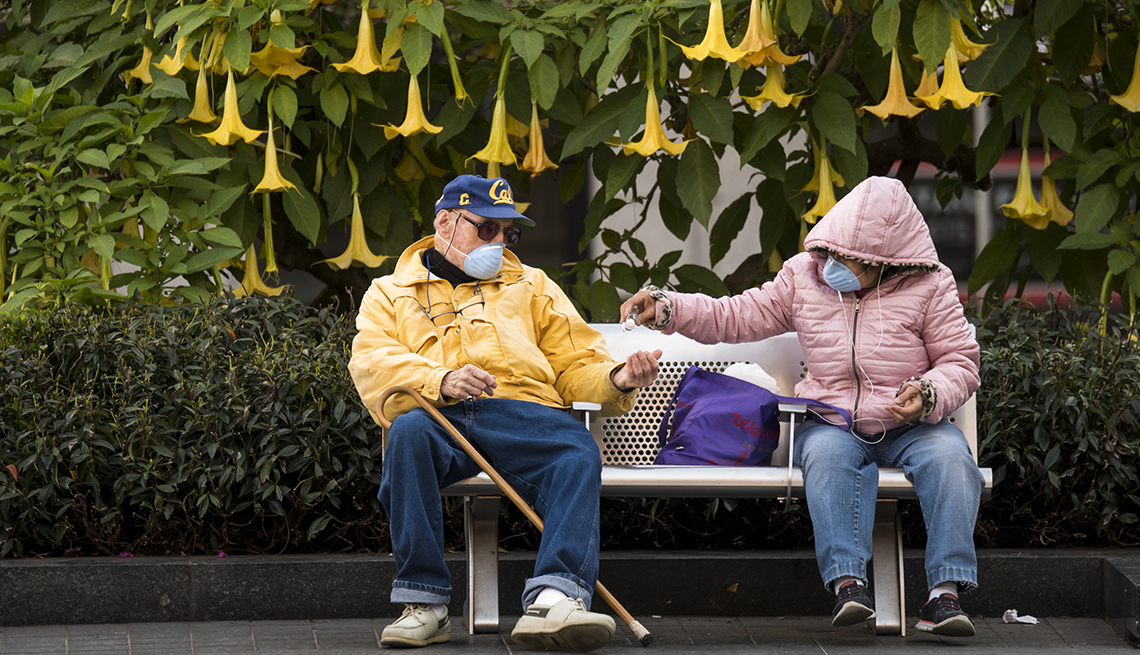The Centers for Disease Control and Prevention (CDC) report that symptoms of COVID-19 typically appear 2–14 days after exposure to the severe acute respiratory syndrome coronavirus 2 (SARS-CoV-2), the novel coronavirus.
The CDC also state that the chances of developing complications from COVID-19 increase with age in adults.
Also, as the CDC observe, in adults aged 65 or older, typical symptoms may present differently. For example, because the normal body temperature of an older adult can be lower, a temperature indicating a fever may fall below the typical threshold.
Some older adults may develop atypical symptoms or take longer to develop symptoms.
When taking the temperature of someone aged 65 or over, the following can indicate an infection:
- a single reading of 100°F (37.8°C) or higher
- multiple readings higher than 99°F (37.2°C)
- a rise of more than 2°F (1.1°C) above a person’s typical temperature
According to one 2020 review of the available evidence, older adults with COVID-19 may experience:
- a sore throat
- delirium
- unexplained hypoxia — low levels of oxygen in the blood
- an increased heart rate
- rapid breathing
Other symptoms of COVID-19 include:
- a cough
- a fever
- chills
- shortness of breath or difficulty breathing
- a new loss of taste or smell
- congestion or a runny nose
- a headache
- fatigue
- muscle or body aches
- nausea or vomiting
- diarrhea
For carers
People with dementia may not be able to communicate that they are feeling unwell.
However, increased confusion can be a sign that a person with dementia is ill, according to the Alzheimer’s Association.
Alex
Koordynator Projektu




